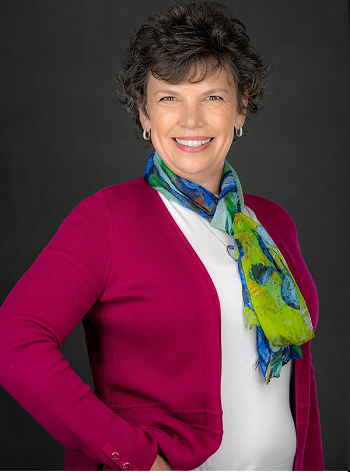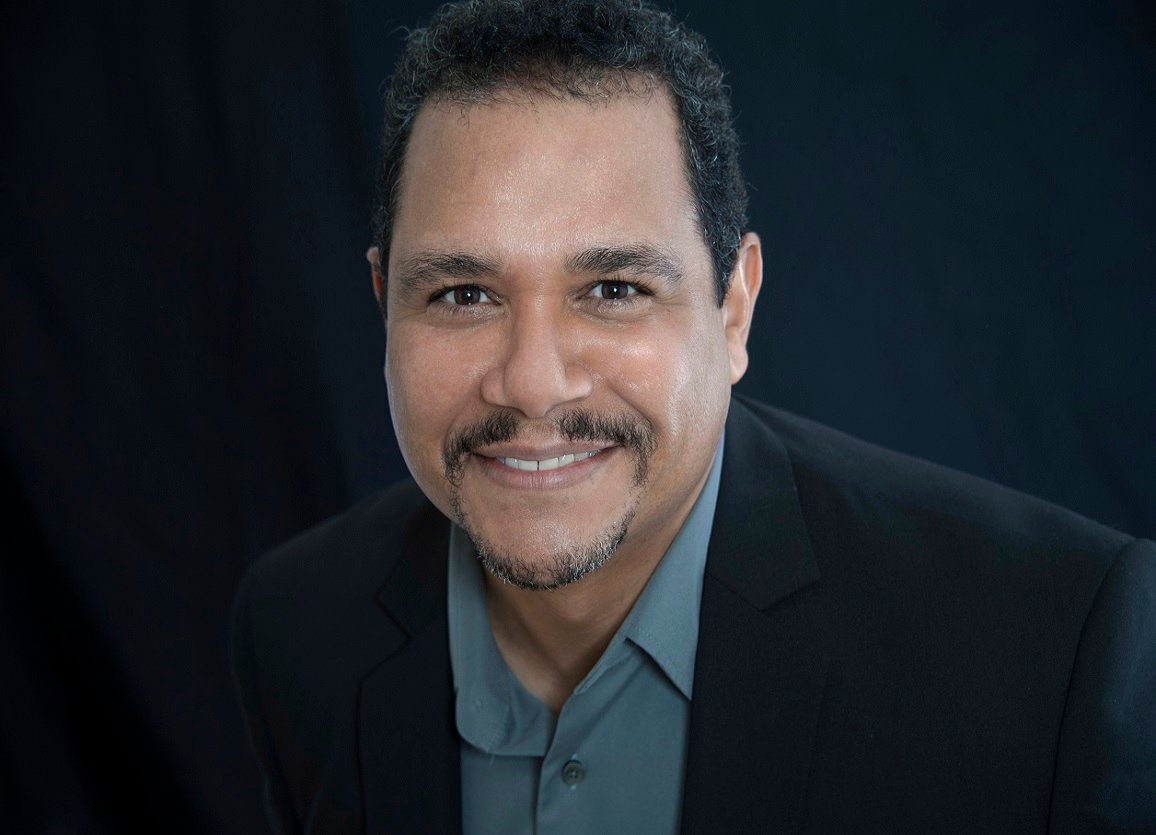I recently had the great pleasure of talking to Sarah Stockham, founder of Reiki Claremont. She is a Holy Fire lll Karuna Reiki® Master Teacher, Author & Speaker. Sarah offers Reiki education, community Reiki Shares and individual Reiki sessions, both in person and distance. 
JC: Sarah, thanks for joining me. What’s the name of your company?
Sarah: The name of my company is Reiki Claremont. I offer Reiki education, community Reiki Shares and individual Reiki sessions, both in person and distance. Soon Affective Reiki Method courses will be offered with the option of continuing education units. It’ll be available on ReikiClaremont.com
JC: Can you give me as detailed of an explanation description, for lay person, of what Reiki is?
Sarah: Reiki is a cousin to mediation. Reiki is pronounced “ray” like a ray of sunshine, and “key” as in a key that opens a door to calm and centered energy. It is a spiritual practice, but not a religion. Rei means spiritual wisdom. Ki, like prana or chi, is life energy. Reiki does not go where it is unwanted. The practice of Reiki supports the brain moving to theta waves, associated with a calm mind. The American National Institutes of Health’s (NIH), National Center for Complementary and Alternative Medicine (NCCAM) defines this gentle, healing practice: “Reiki is a complementary health practice in which practitioners place their hands lightly on or just above the person, with the goal of facilitating the person’s own healing response”. The goal is for the brain to move to a quieter place, and when the parasympathetic nervous system is calmer, the body heals faster and better. Reiki can be in person, or distance.
JC: Who do you serve, what are the challenges they face and what are the solutions you’ll provide for them?
Sarah: The vast majority of people that I serve in Reiki are women. Many of them have some college education. All of them are people who are sensitive to energy. Another way of saying it, is they are aware of their surroundings, how they feel when they’re around with other people and that some things don’t make them feel very good. Often, they come to be trained to have tools to empower their own healing journey. I’ve trained as young as 7. I think my oldest student so far has been maybe 78. So quite a large gamut.
Sarah: For individual Reiki sessions, definitely have the vast majority of my clients are women, but Reiki is not exclusively for women. I do have men who come, and I have trained men in the practice of Reiki. But when you look at the demographics, it is pretty female heavy.
Sarah: I’m not sure if that’s because it’s historically been more acceptable for women to talk about their feelings in some societies or if that’s just the way that Reiki has been presented. I’ve noticed less of the men talking about it in everyday conversations. But truly, when the men have conversations about Reiki, they are just as passionate about it as the women are.
Sarah: In addition to my in-person Reiki practice, I continue to build a vibrant online practice. One of the things that people will ask is, “Does the distance Reiki work as well as in person?” The short answer is, “It works faster!” Here’s how I know: During the shutdown I had the opportunity to co-found a virtual Reiki clinic for staff an internationally renowned hospital in Pasadena, California. Over 800 hospitals offer Reiki in some form or fashion because it helps with anxiety. The staff at this particular hospital was asking for support because they were feeling so burnt out being first responders and on the front line of the crisis. And because this staff is so aware of how Reiki facilitates a healing response, and because we had such a good connection with them, we set up a virtual Reiki clinic for the staff. And what we just noticed was that even before we offered the next time, the staff was already reaching out to us saying, “Hey, when’s the next time?”
Sarah: After a few sessions of sending Reiki to the hospital staff, we met as a group of Reiki practitioners to discuss best practices. There were two men on our team who are rocket scientists who work for JPL, Jet Propulsion Laboratory. And the guys began talking in multisyllabic scientific language about all the reasons why Reiki was working faster. Their conclusion for the layman was distance Reiki works faster because you’re not having to work through the layers of the physical body. The healing energy quickly moves to the place where it is needed. They agreed that it took half the amount of time.
Sarah: Choosing to have an in person or distance session is a personal choice. I don’t want to neglect or negate the 80-year-old who wants to come to me for Reiki. As humans, gentle nurturing touch in itself can shift our state of mind. So that whole idea of physical touch really is an important piece of it. But Reiki’s healing energy doesn’t have to be in person in order to facilitate a healing response.
Sarah: One of the challenges can be finding a Reiki practitioner. I encourage people to interview the person. Don’t just go, “that person does Reiki. They have X number of followers on Instagram. That must be the person to go to.” It’s finding the right fit for you. Finding the person who can help you in that particular place you’re in. And if it’s all about that person, if it’s all about their ego, I don’t think that’s really where you want to be. I am constantly looking for people who I can trust to help me take the next step in my own healing journey. I’m not asking for a crutch in my life. I’m looking for the next step forward. And keeping my eyes open in that process. I invite others to do the same!

